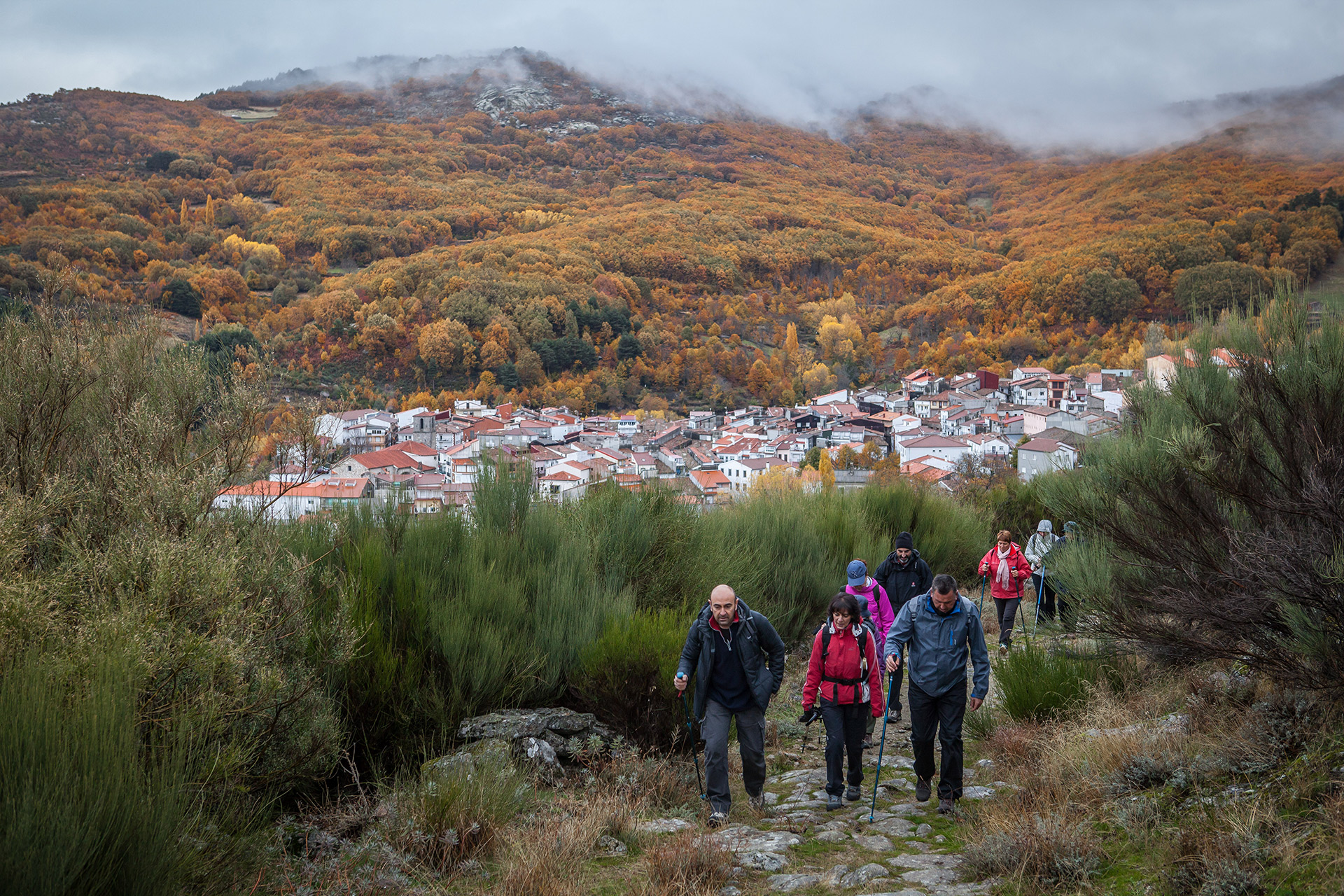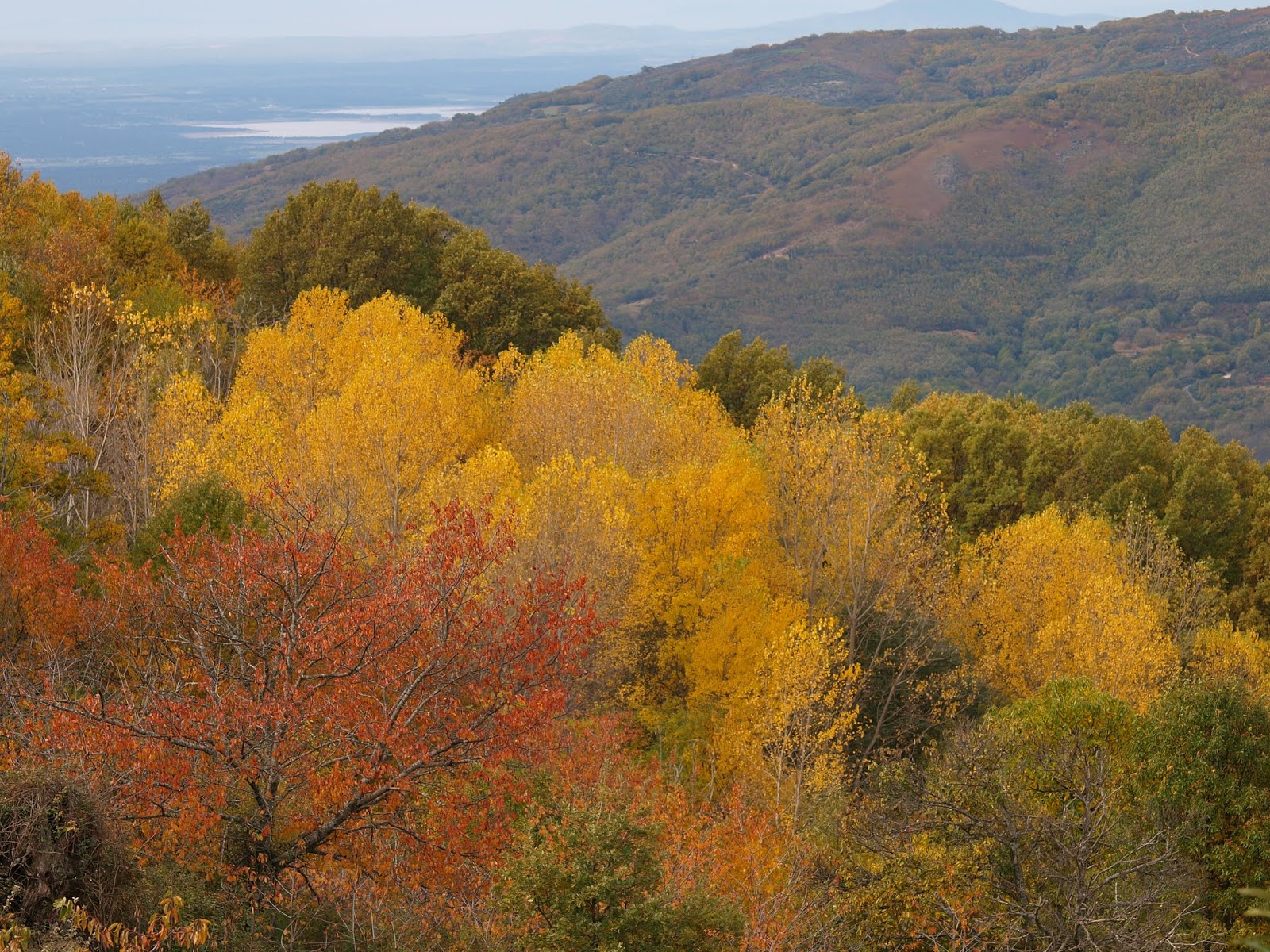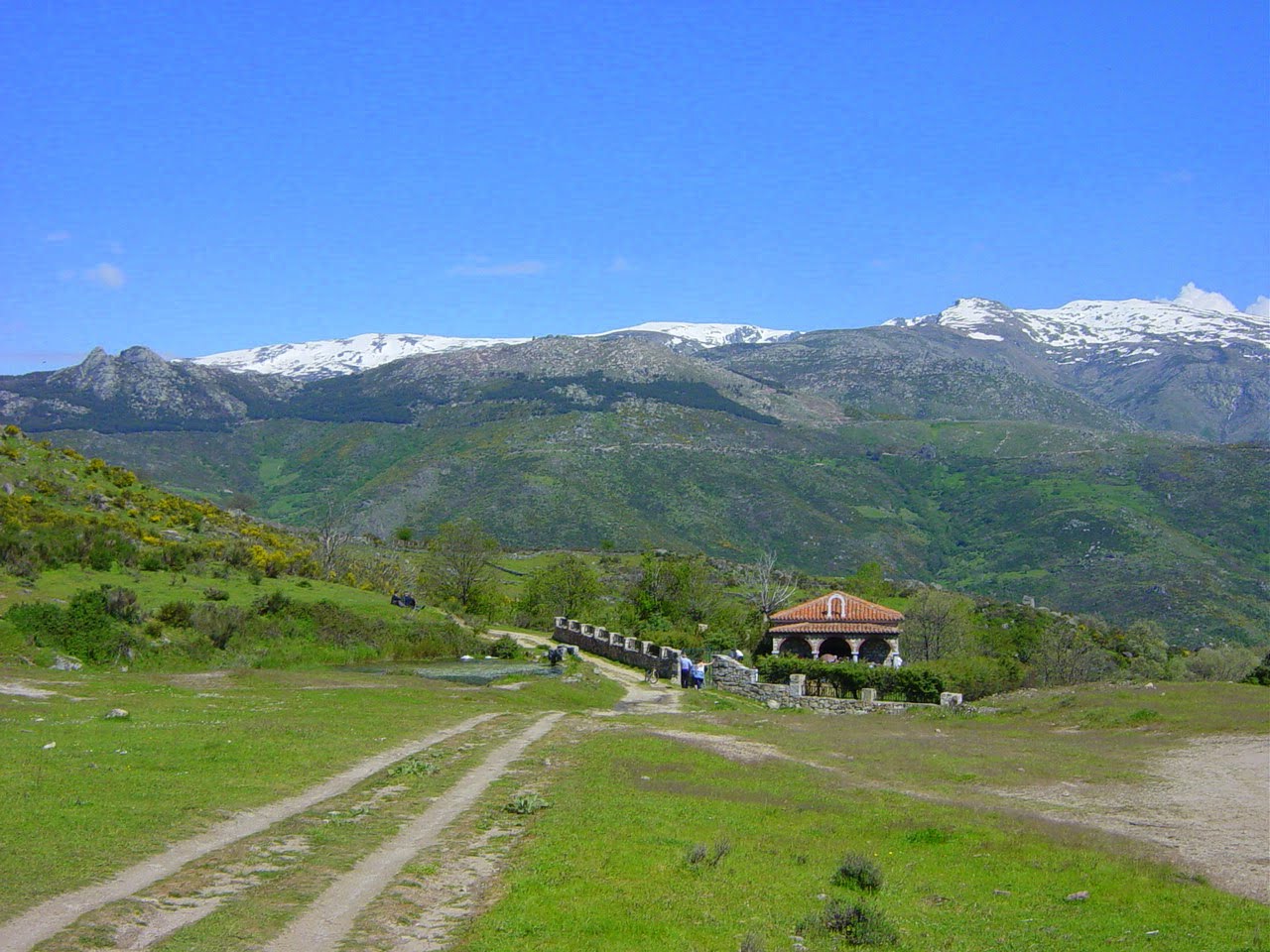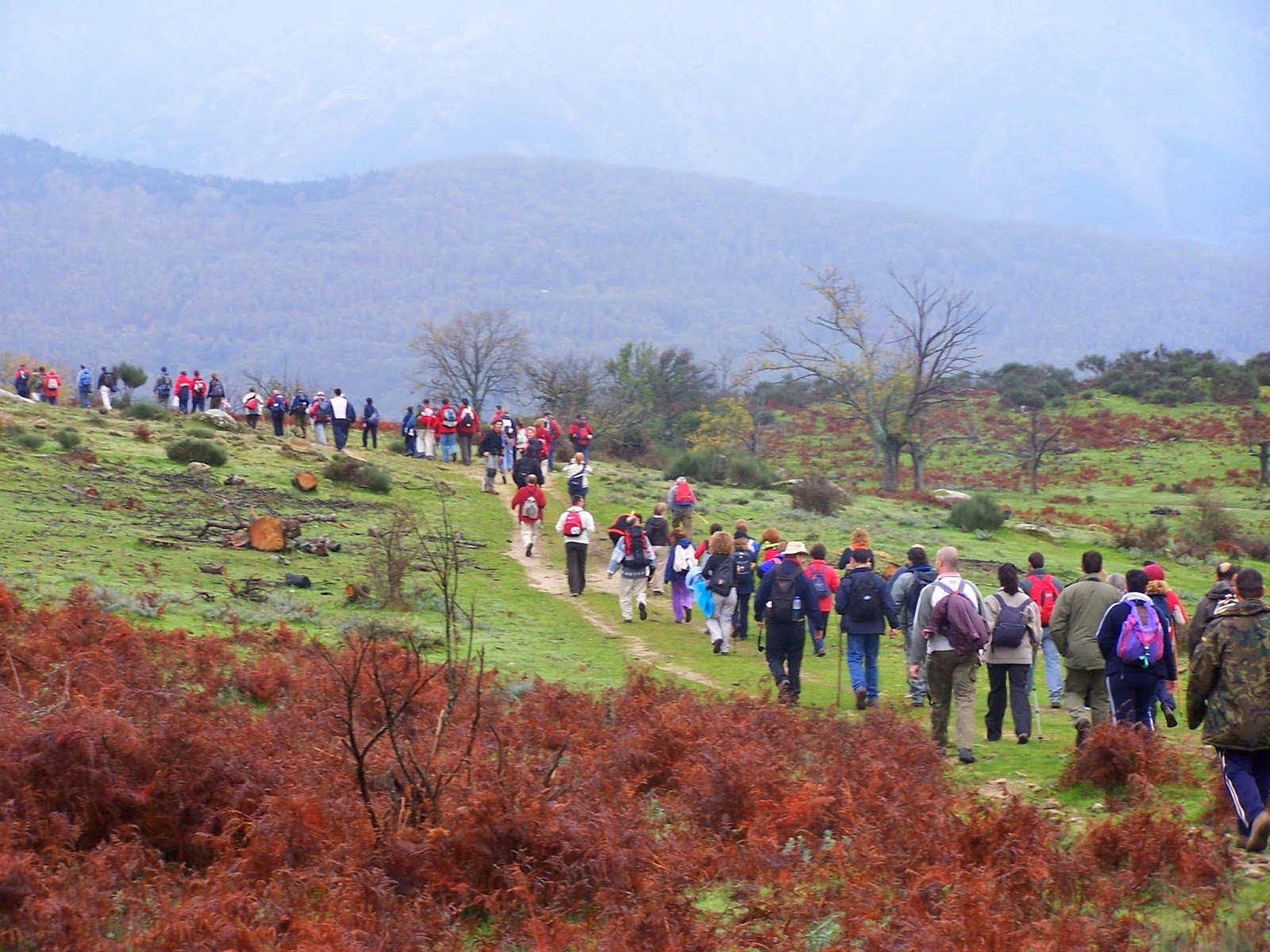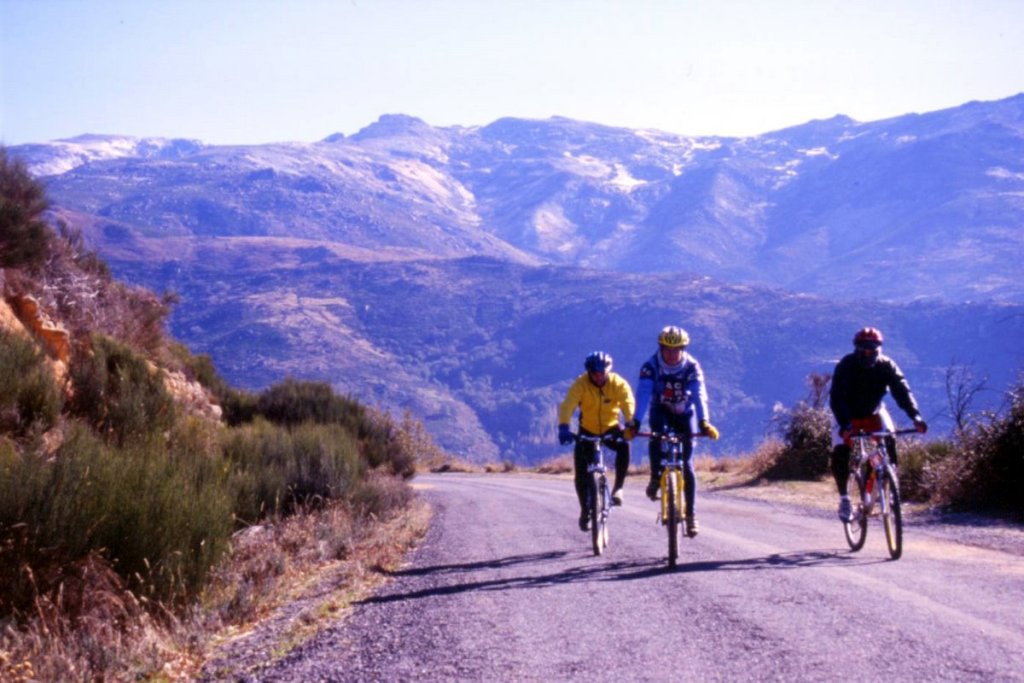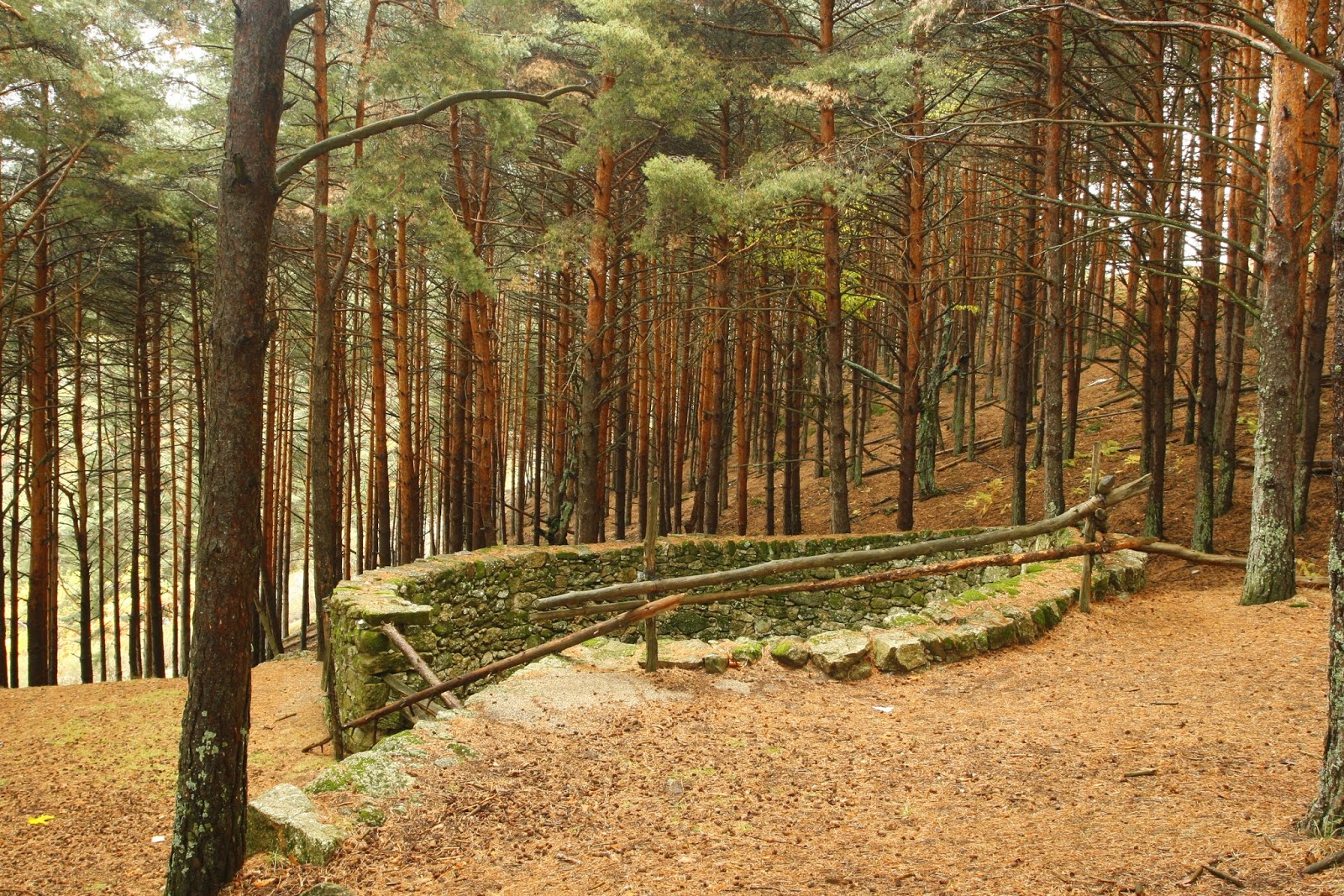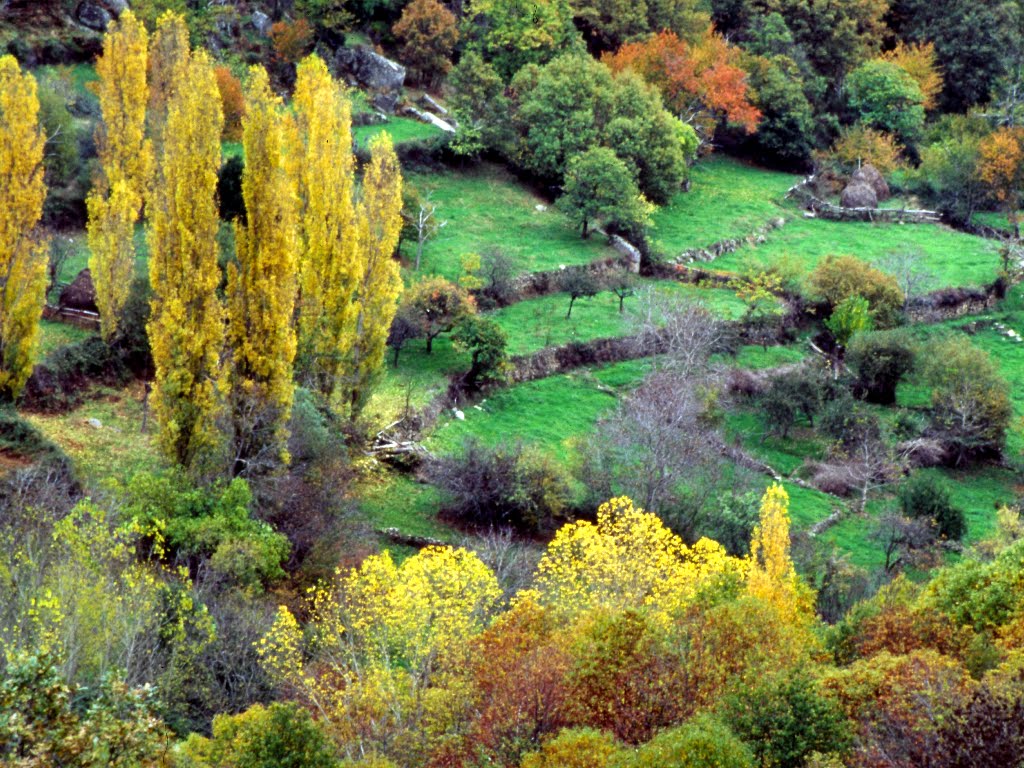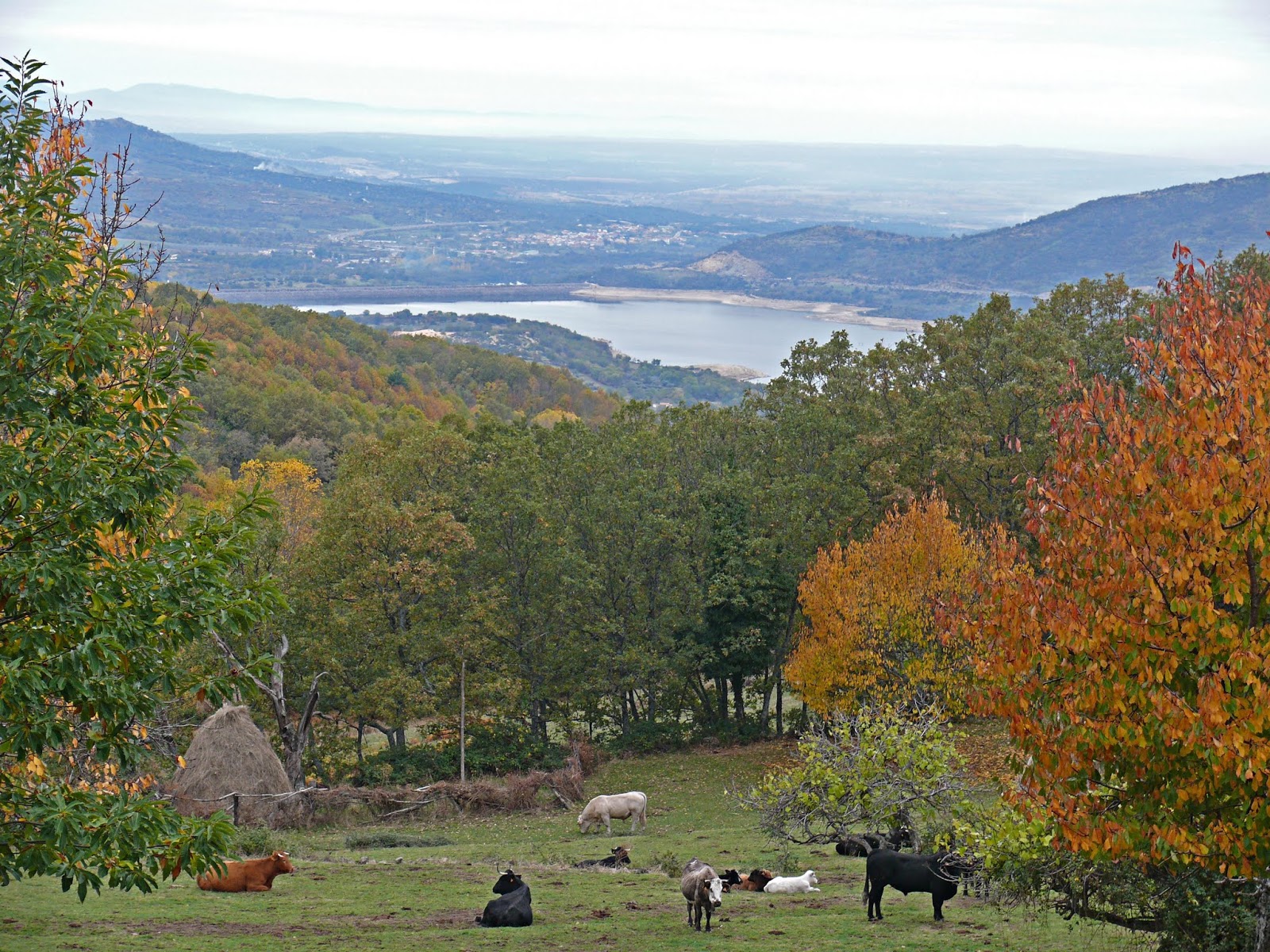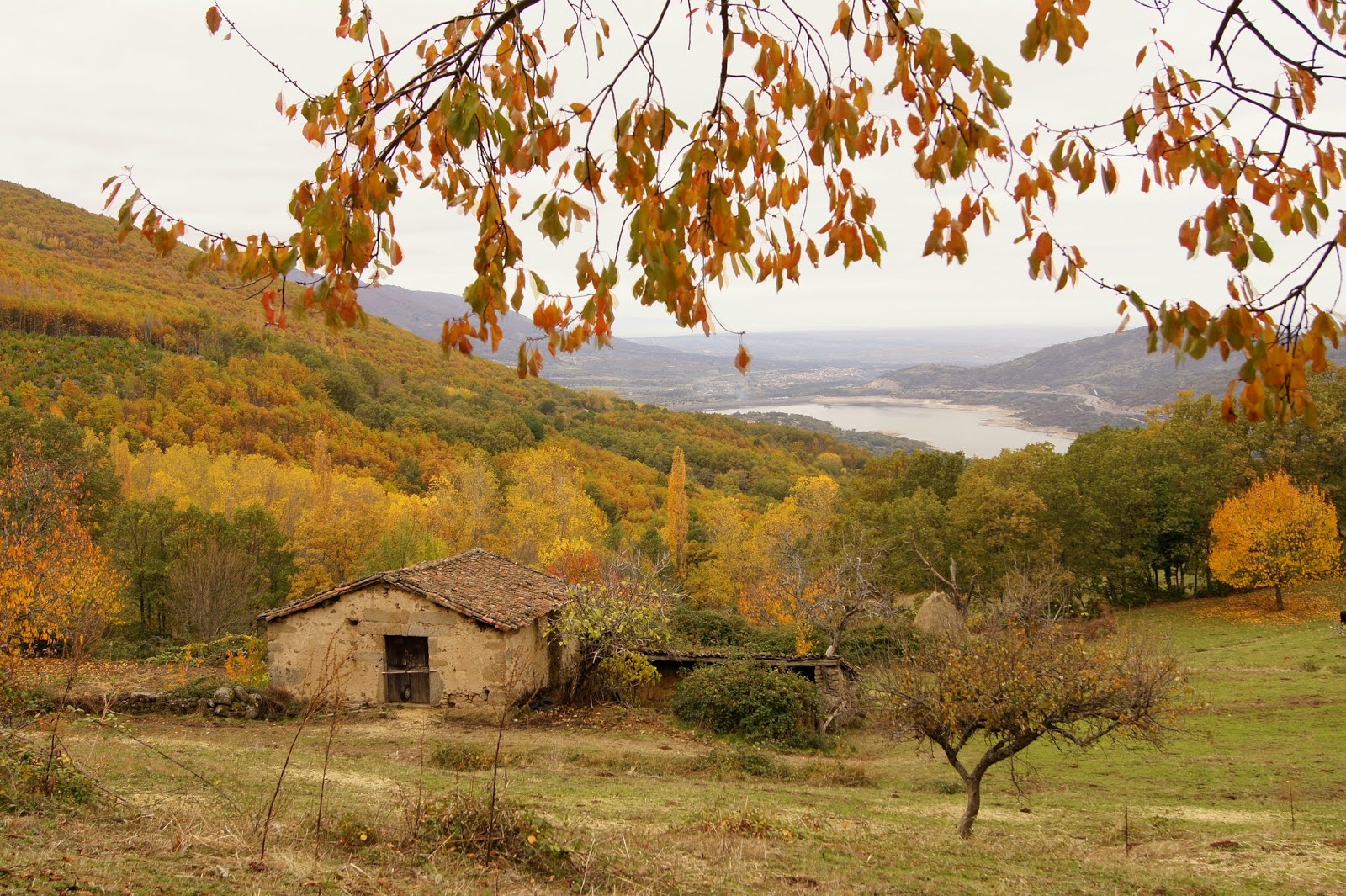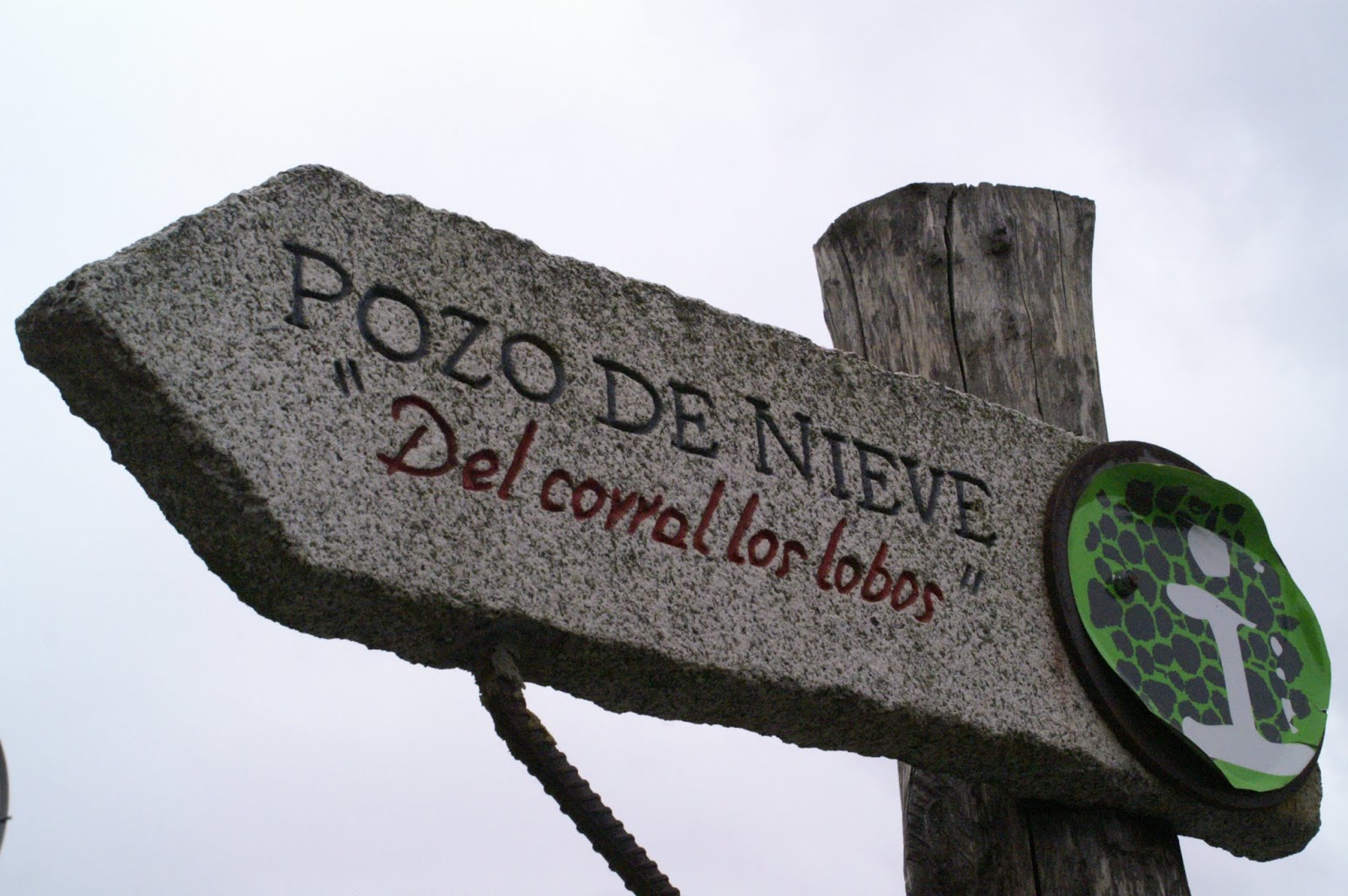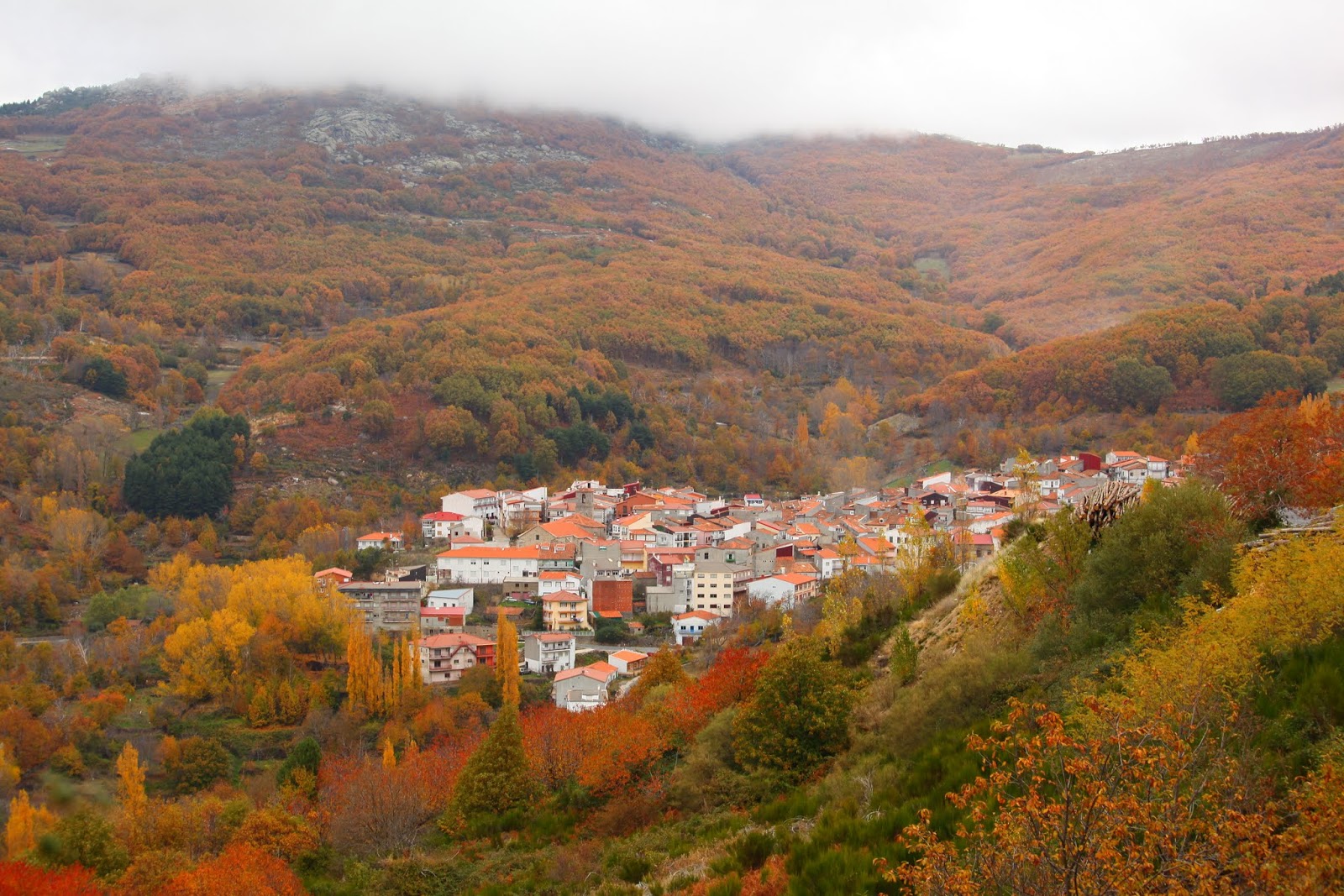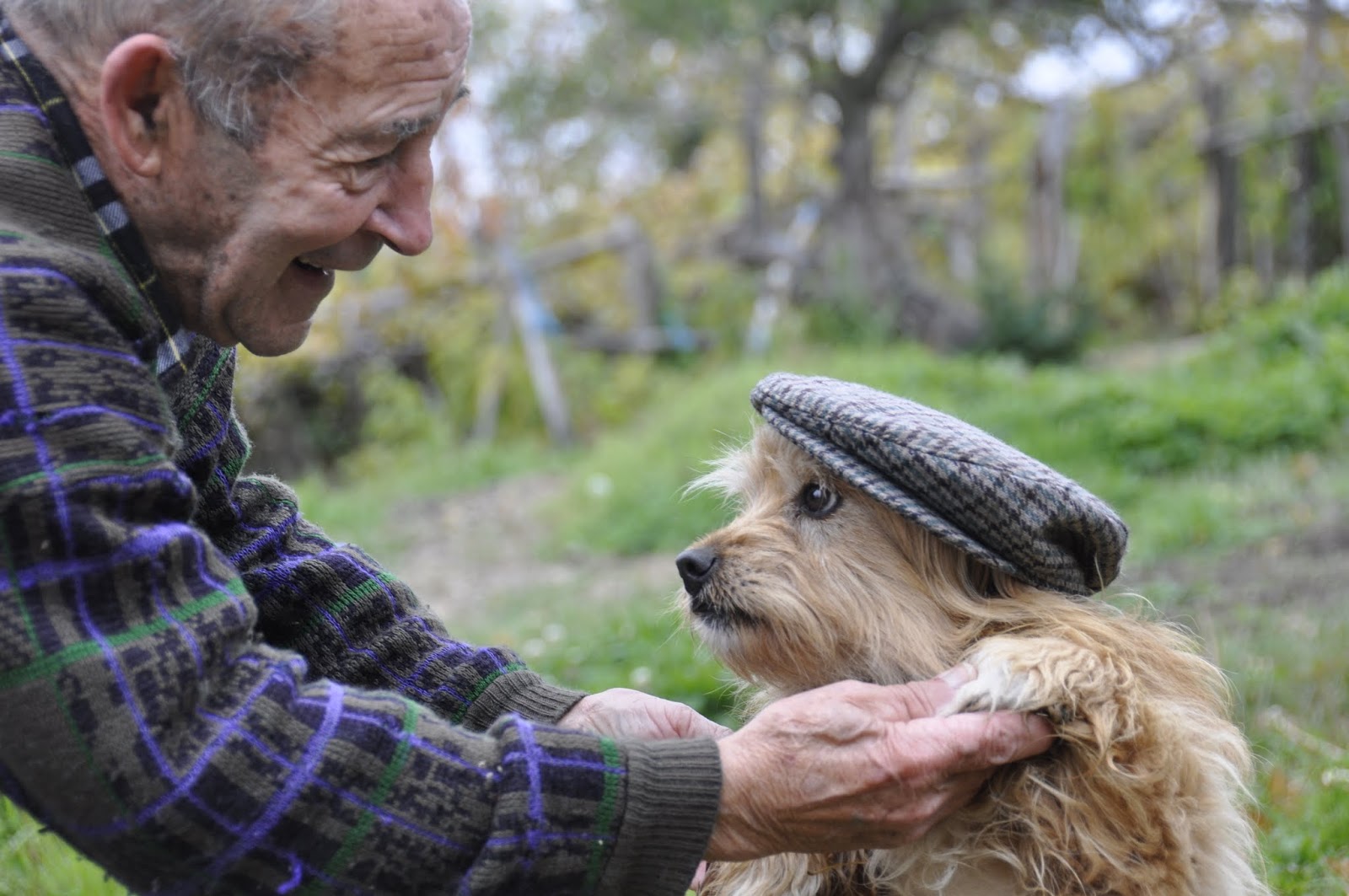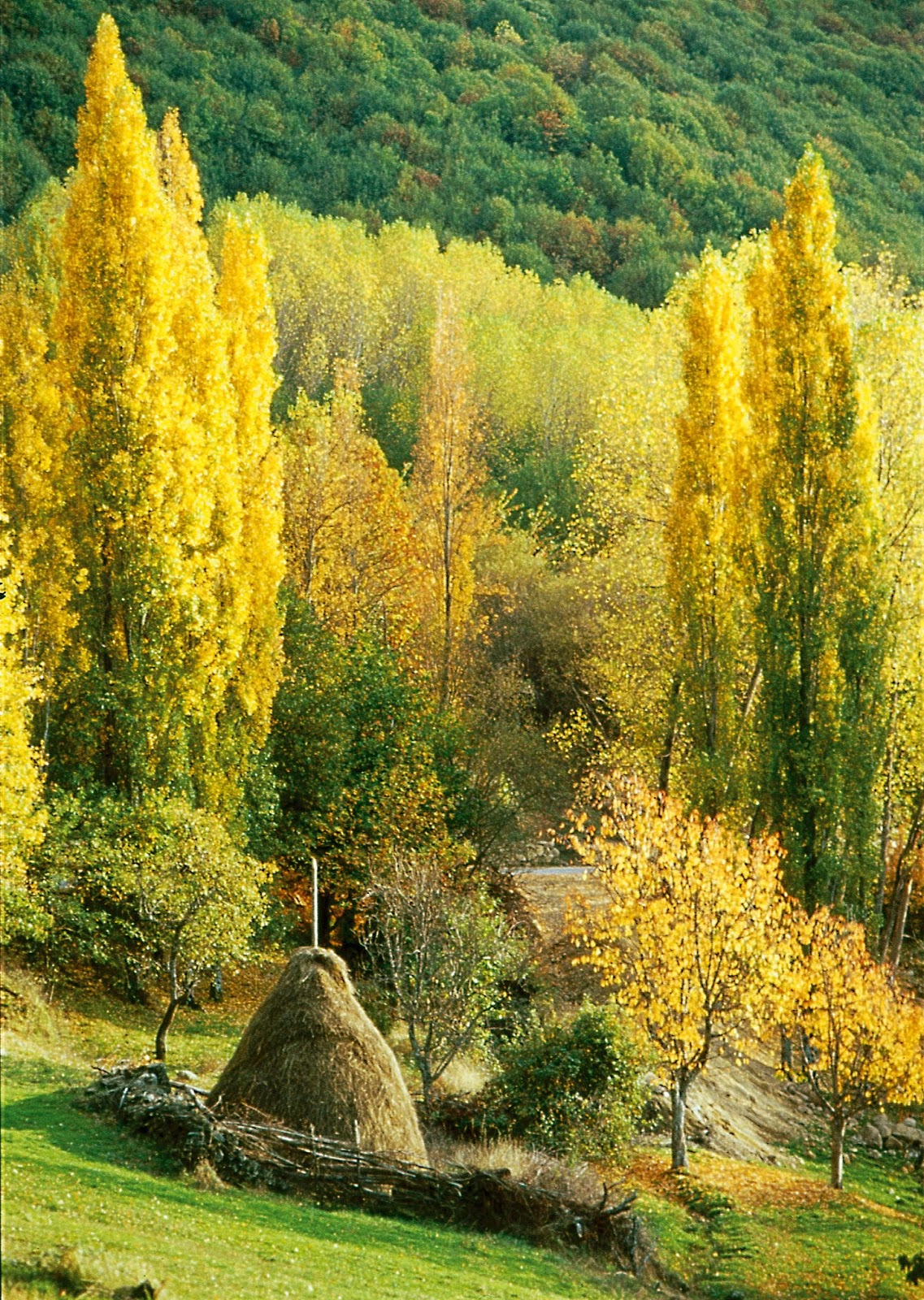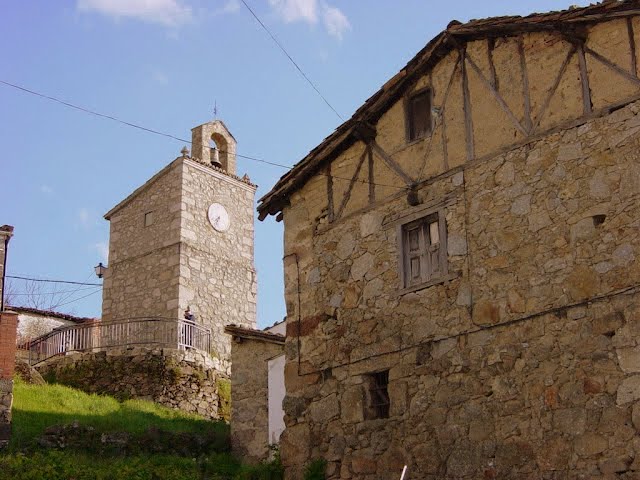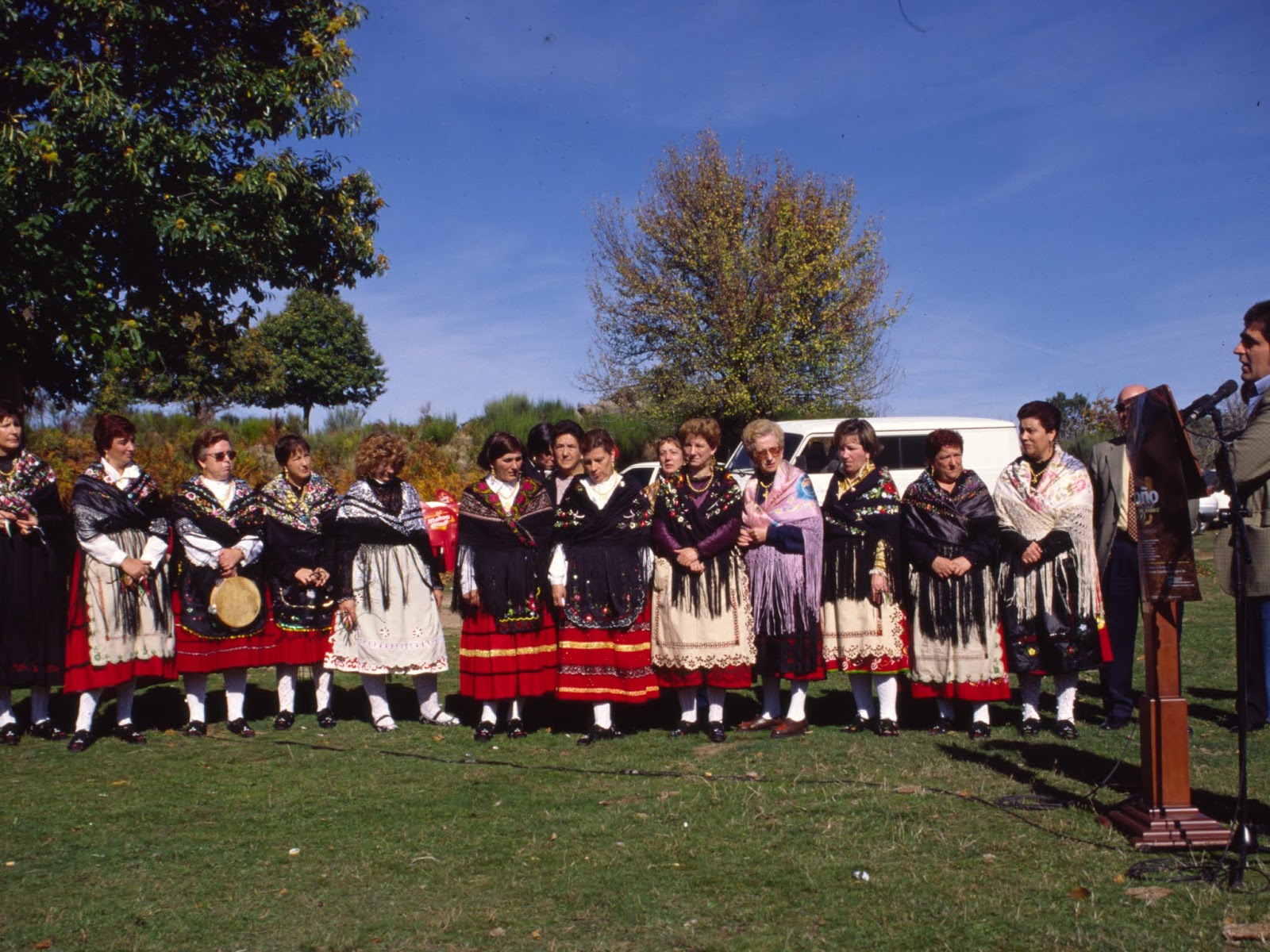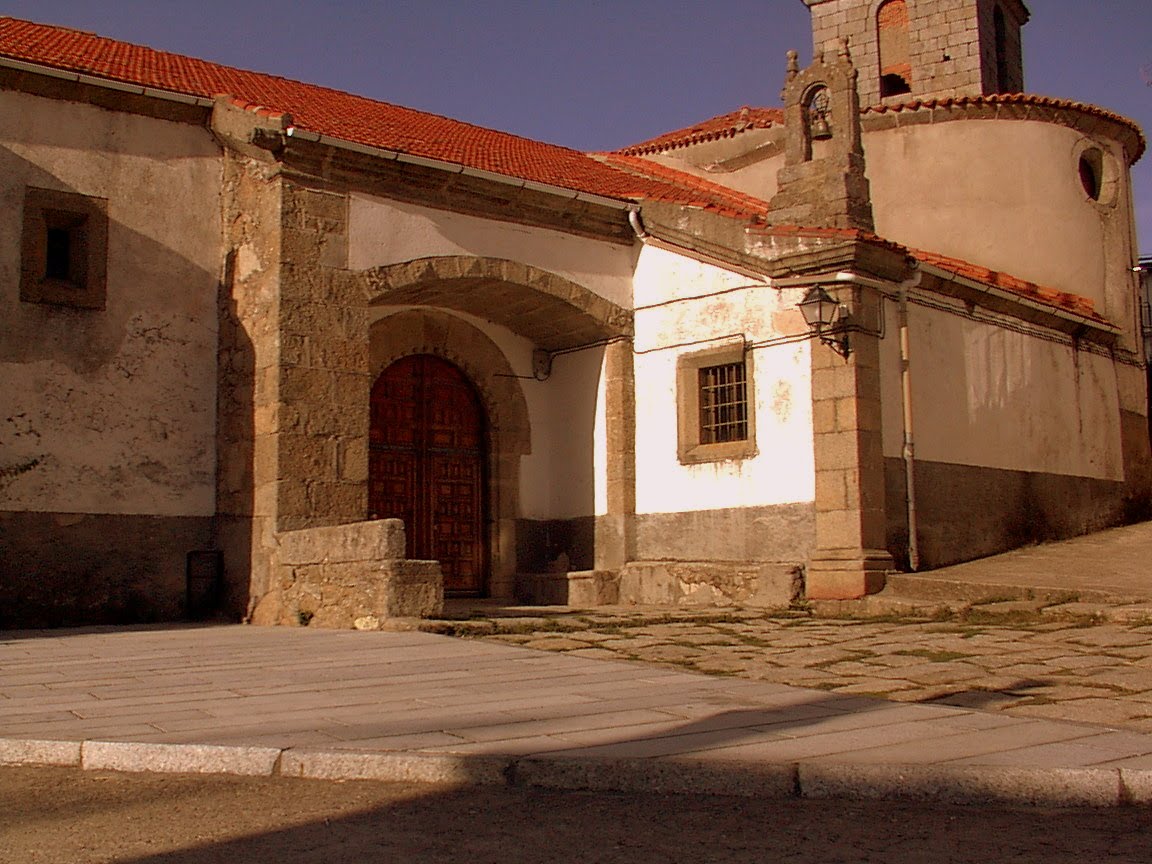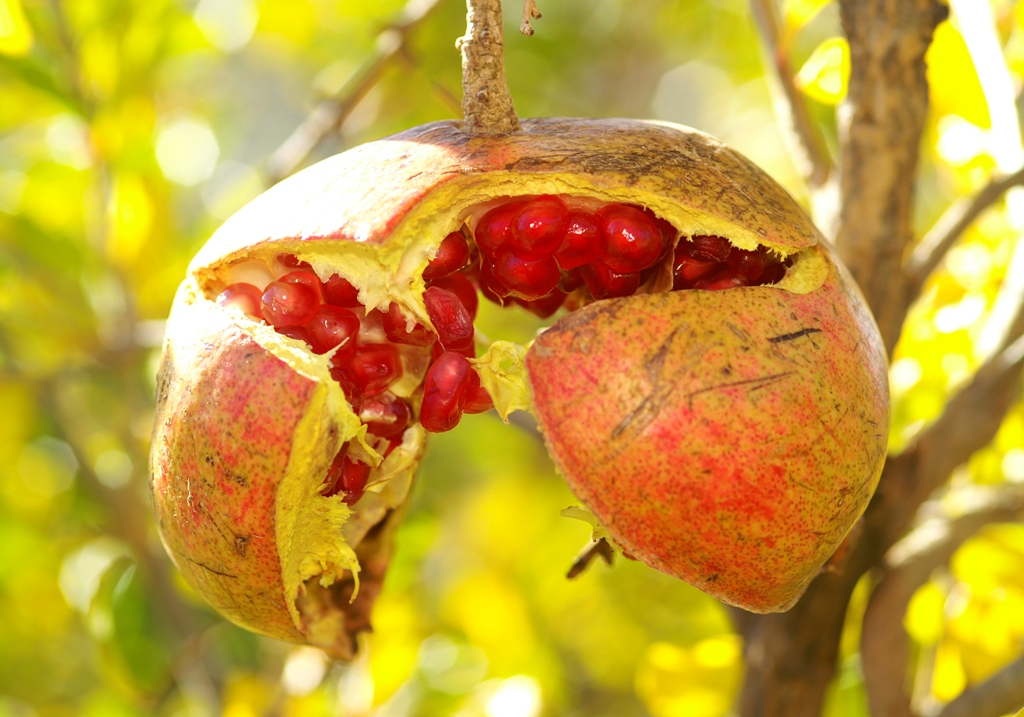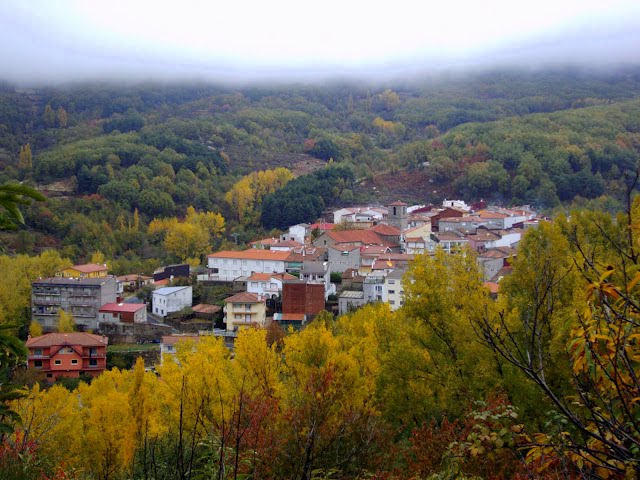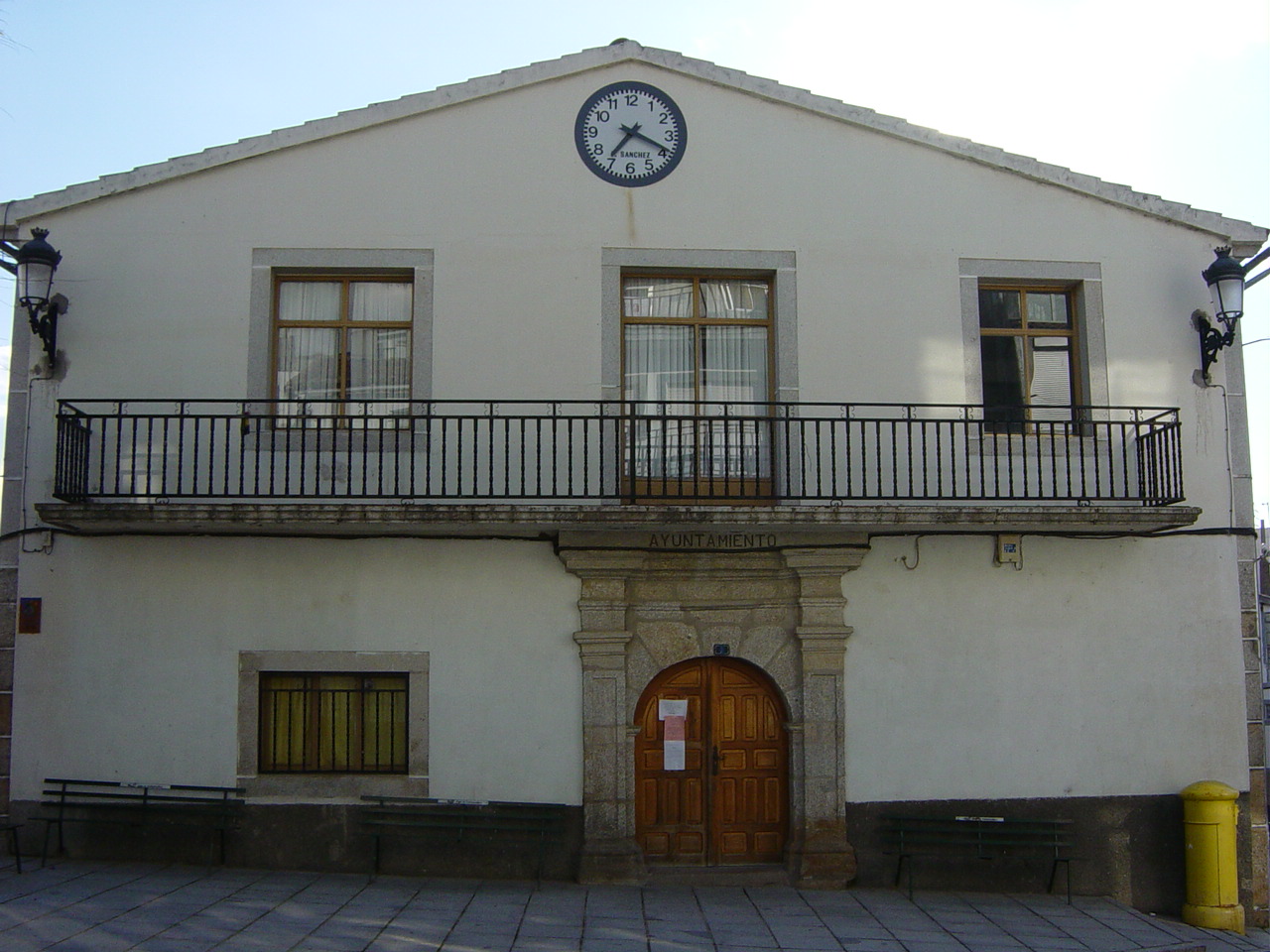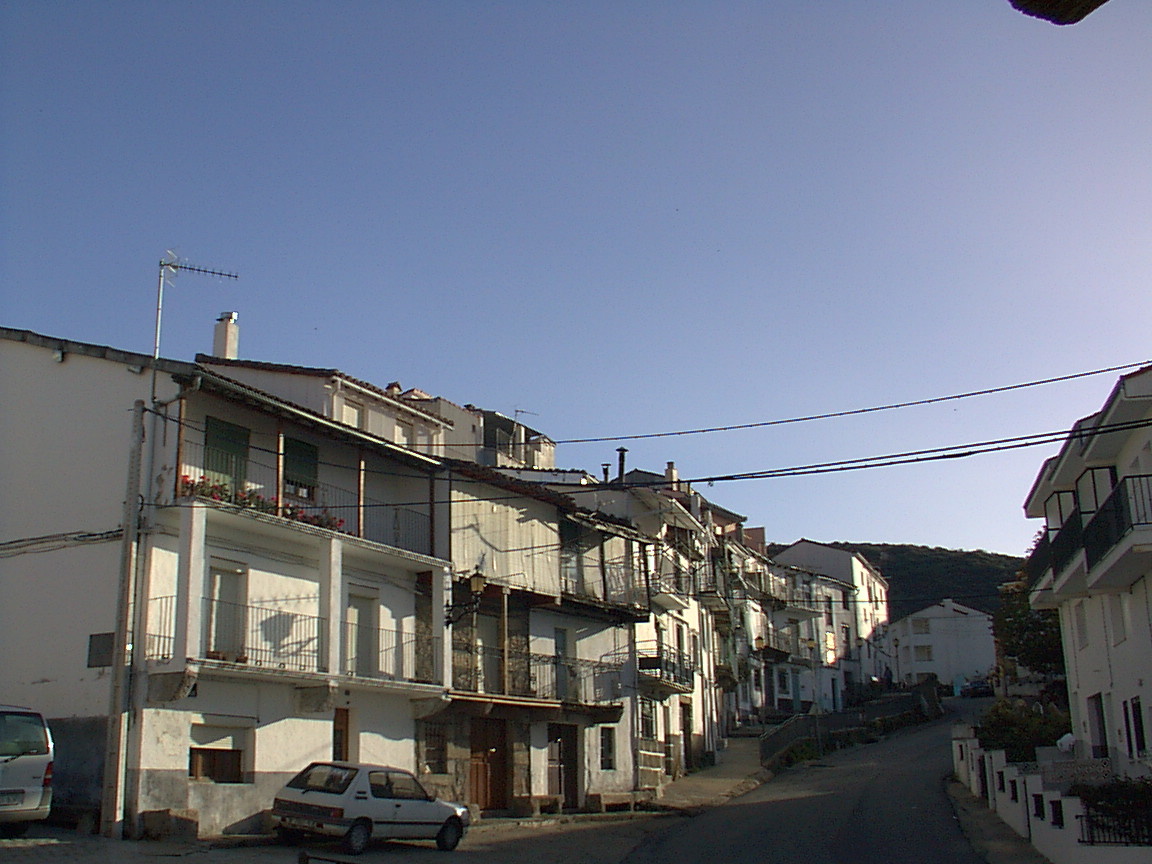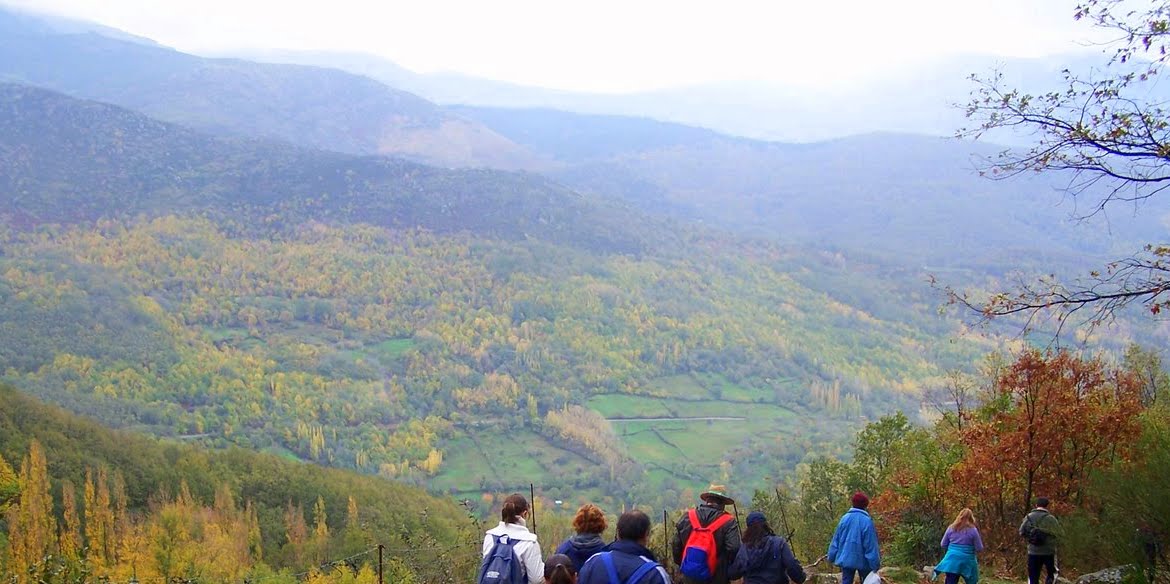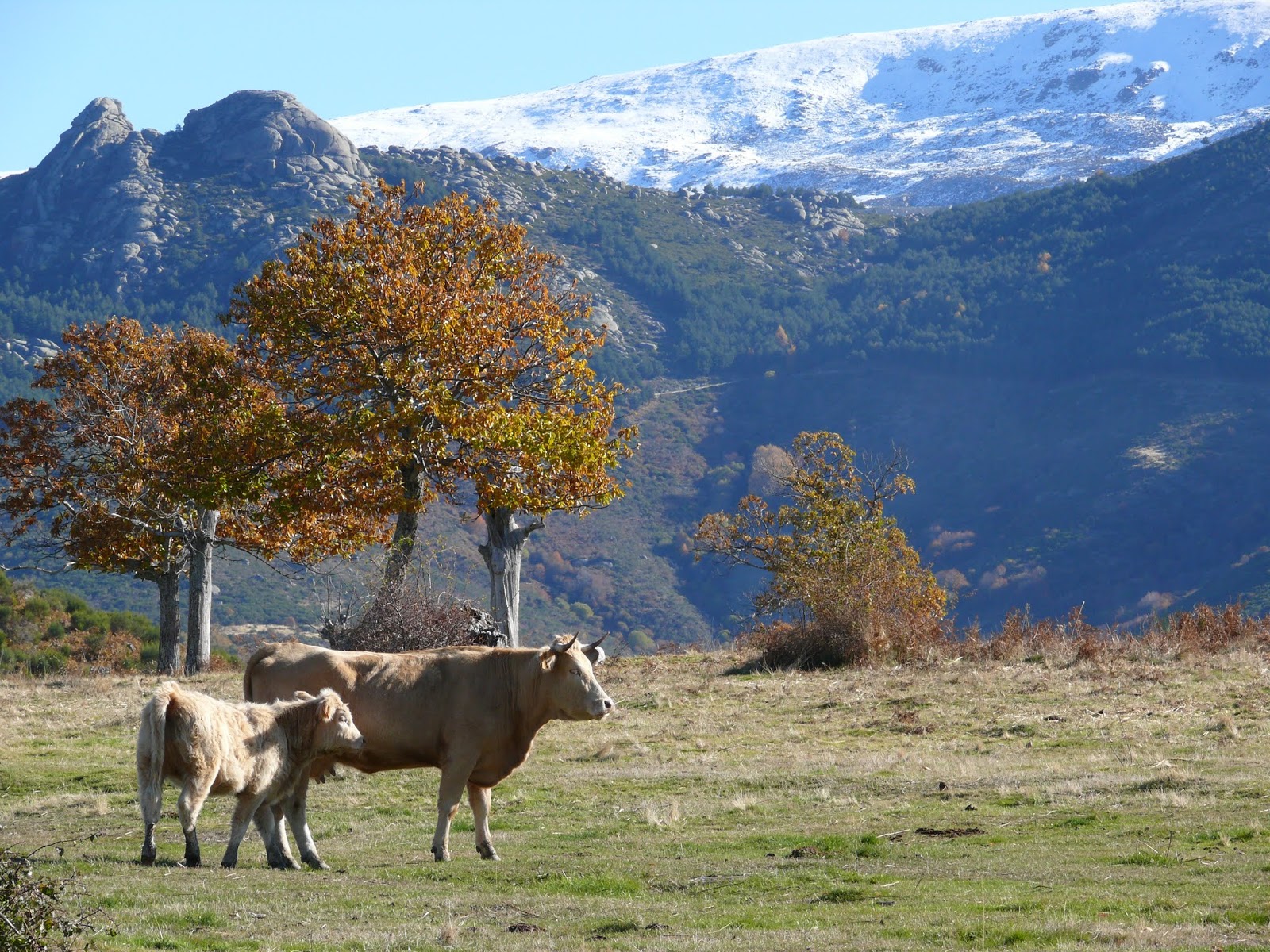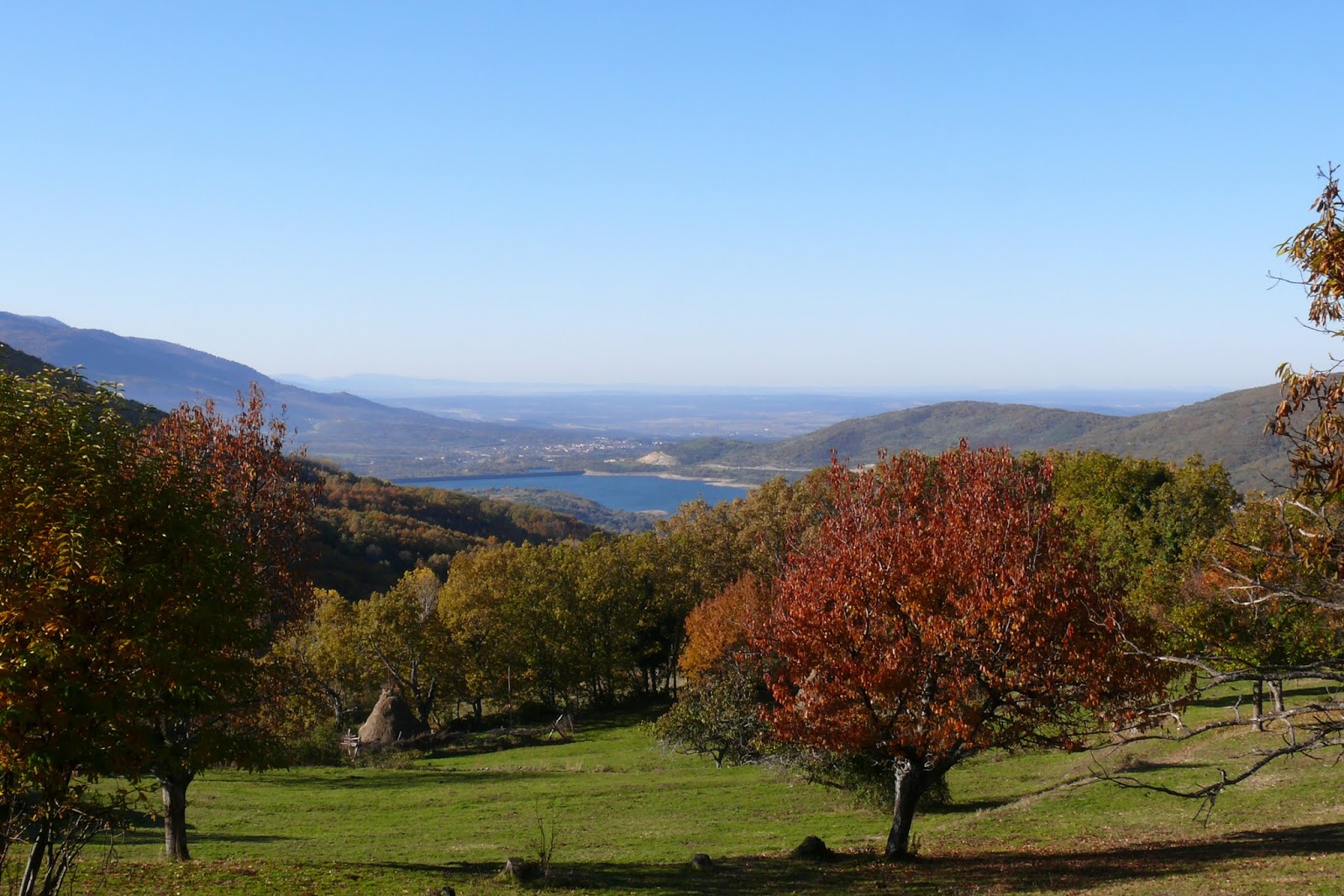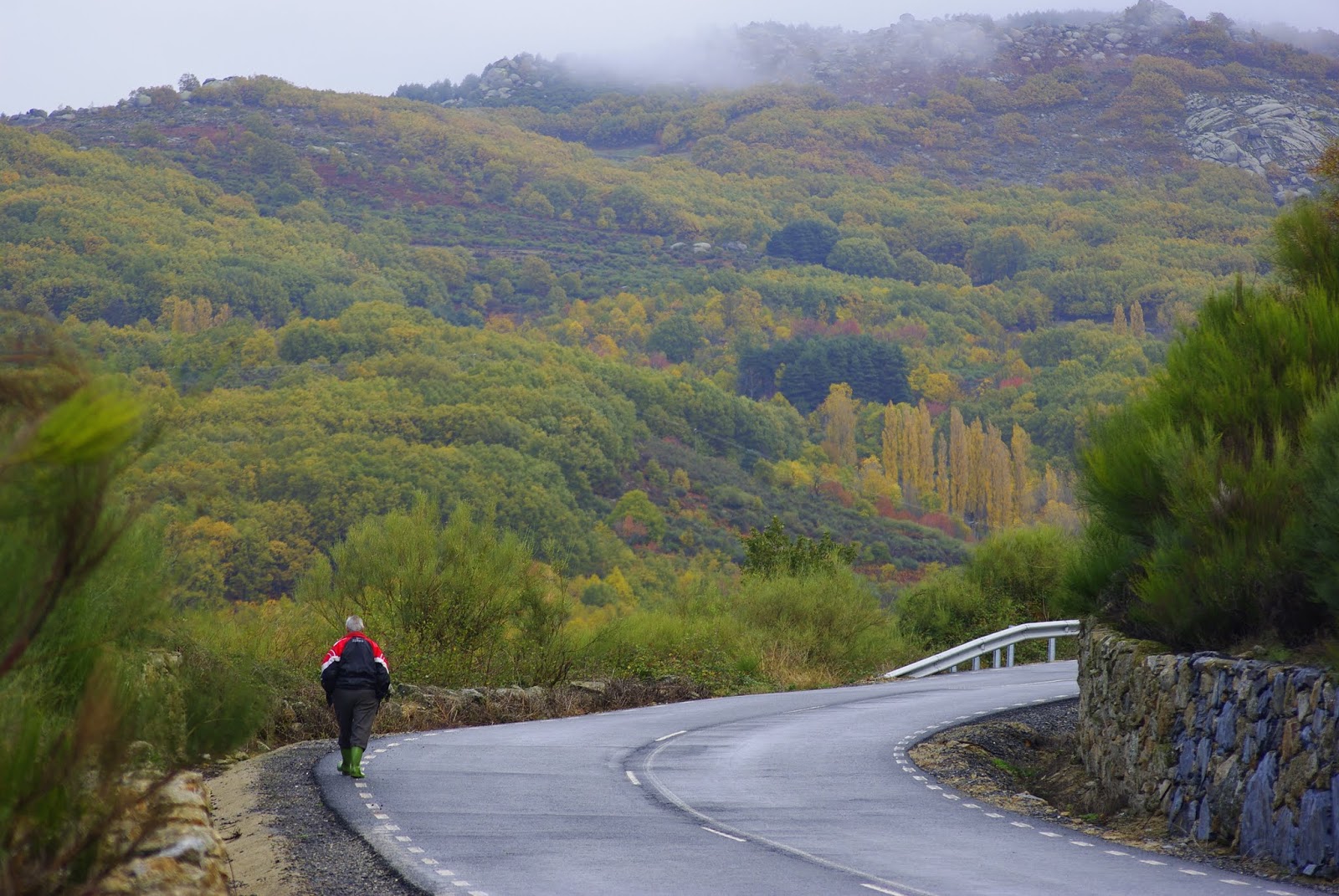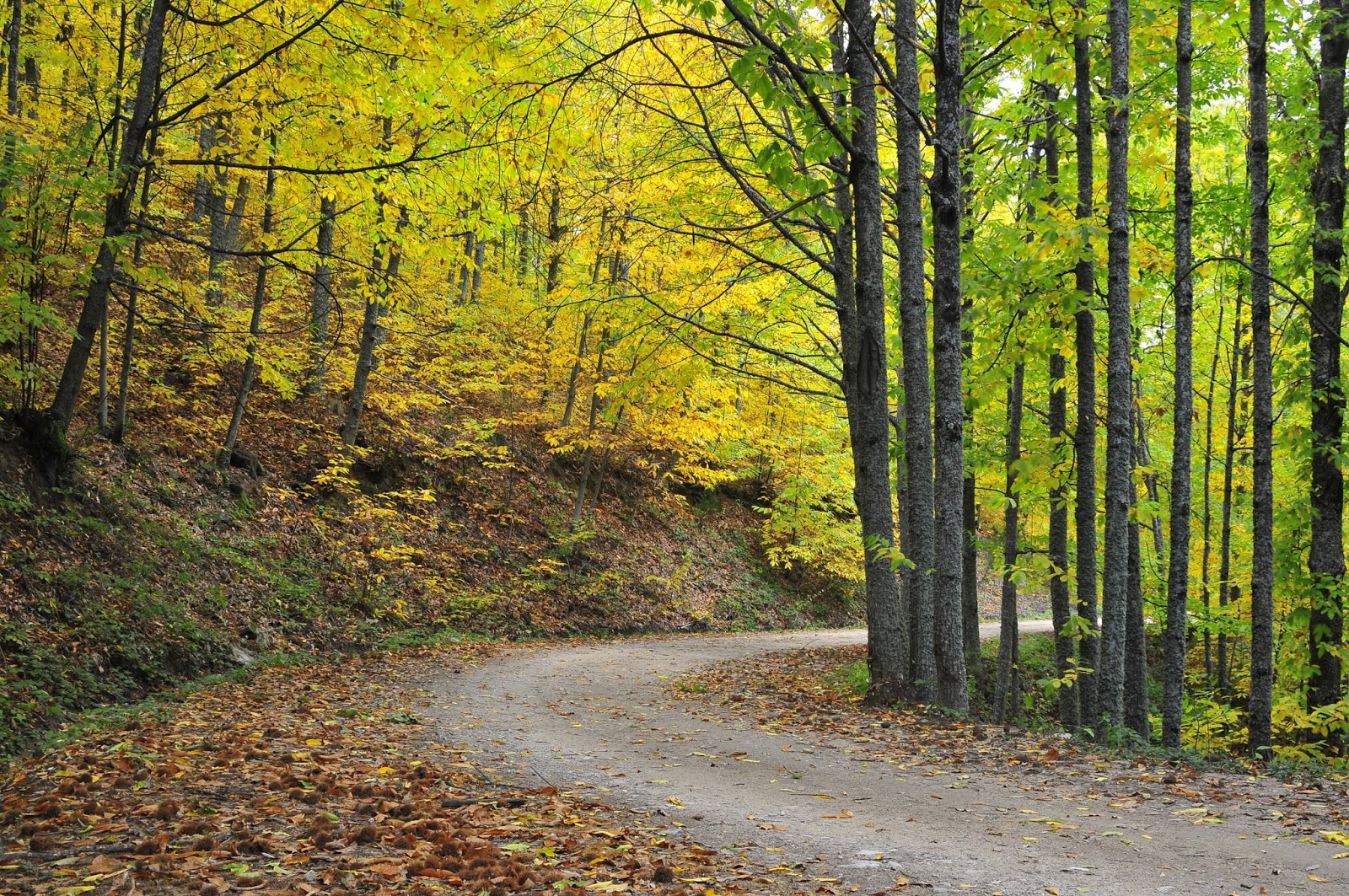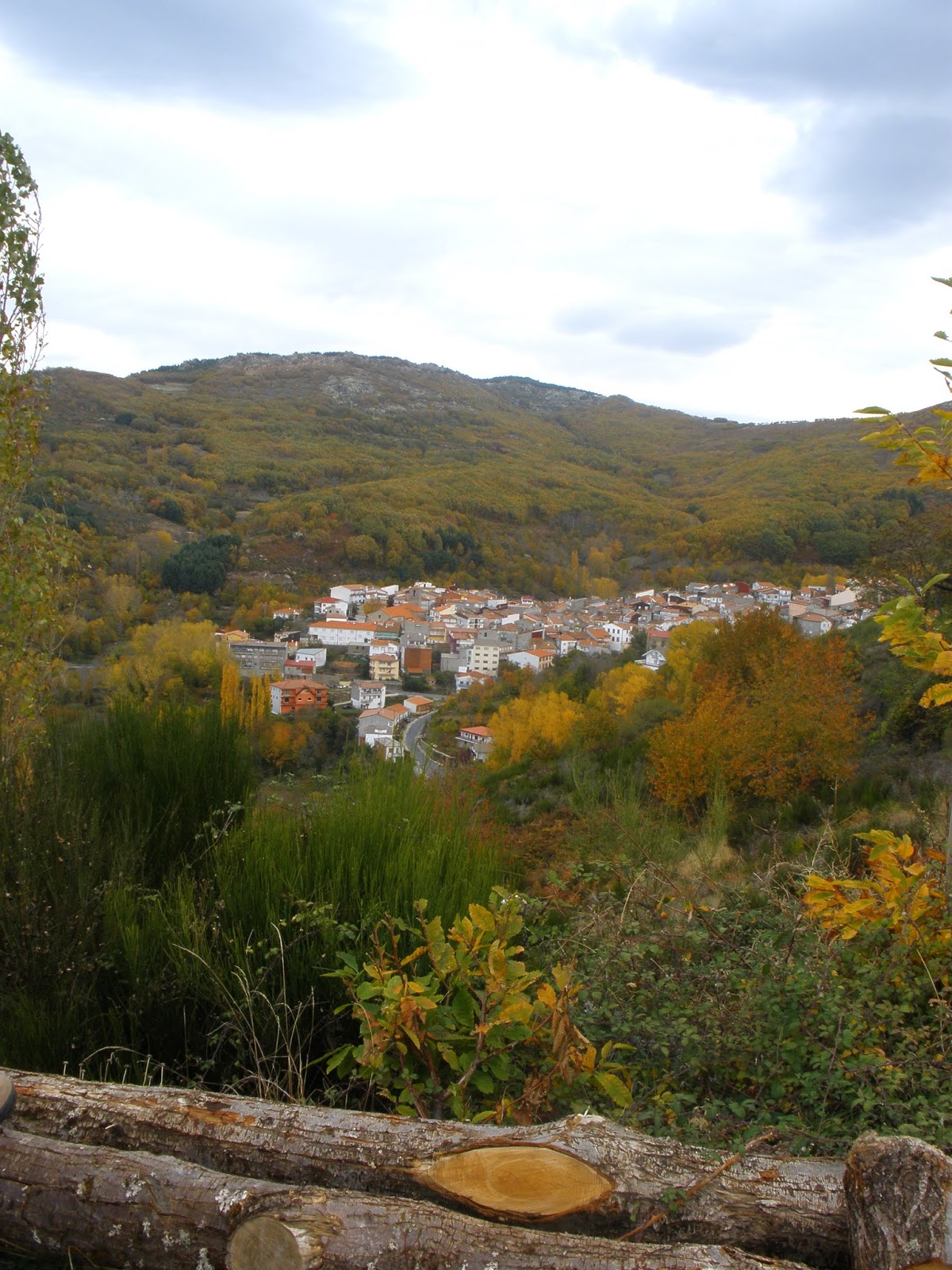La Garganta is located in the foothills of the Sierra de Candelario and it is the highest village of the Ambroz Valley. The ascent to the village is a wonderful sight for the visitor, as the village is located over 1,000 metres of altitude, where it is very common to see snow in winter.
La Garganta is located in the foothills of the Sierra de Candelario and it is the highest village of the Ambroz Valley. The ascent to the village is a wonderful sight for the visitor, as the village is located over 1,000 metres of altitude, where it is very common to see snow in winter.
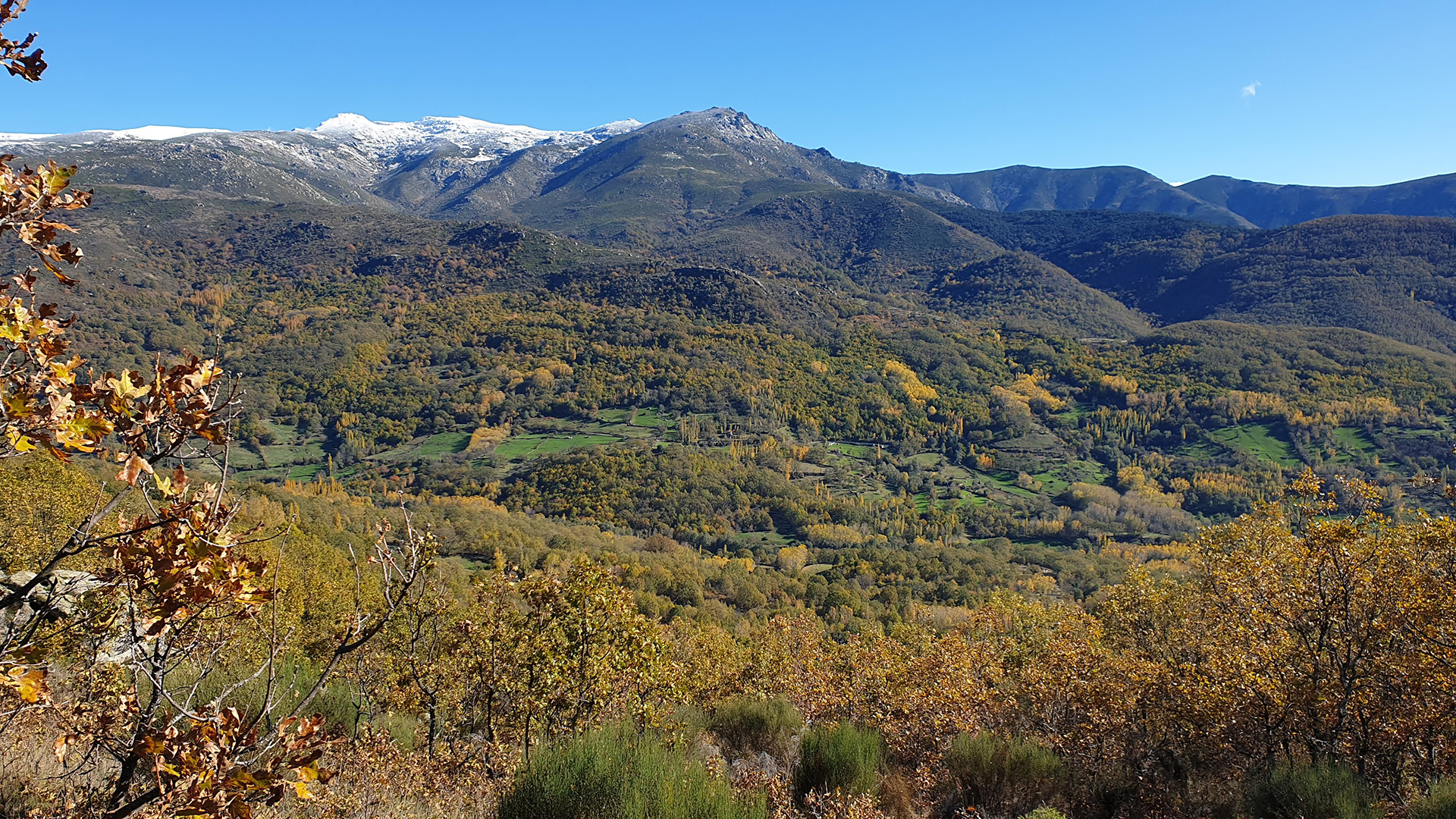
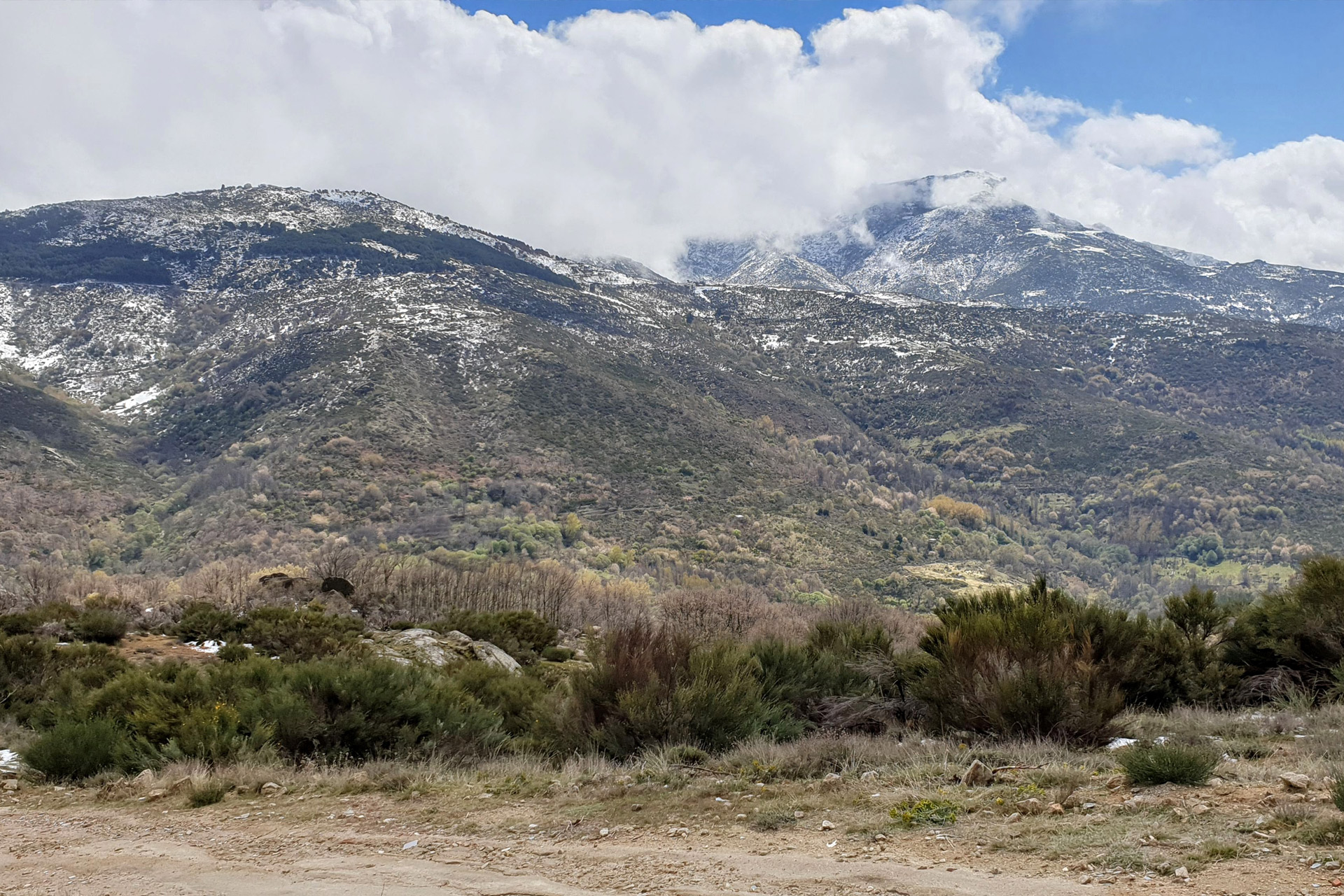
From the natural viewpoint of La Garganta you can observe the quiet beauty of the valley. The village is surrounded by dense chestnut, oak, birch and holly tree forests, as well as gorges and pools. The ski track La Covatilla is very close.
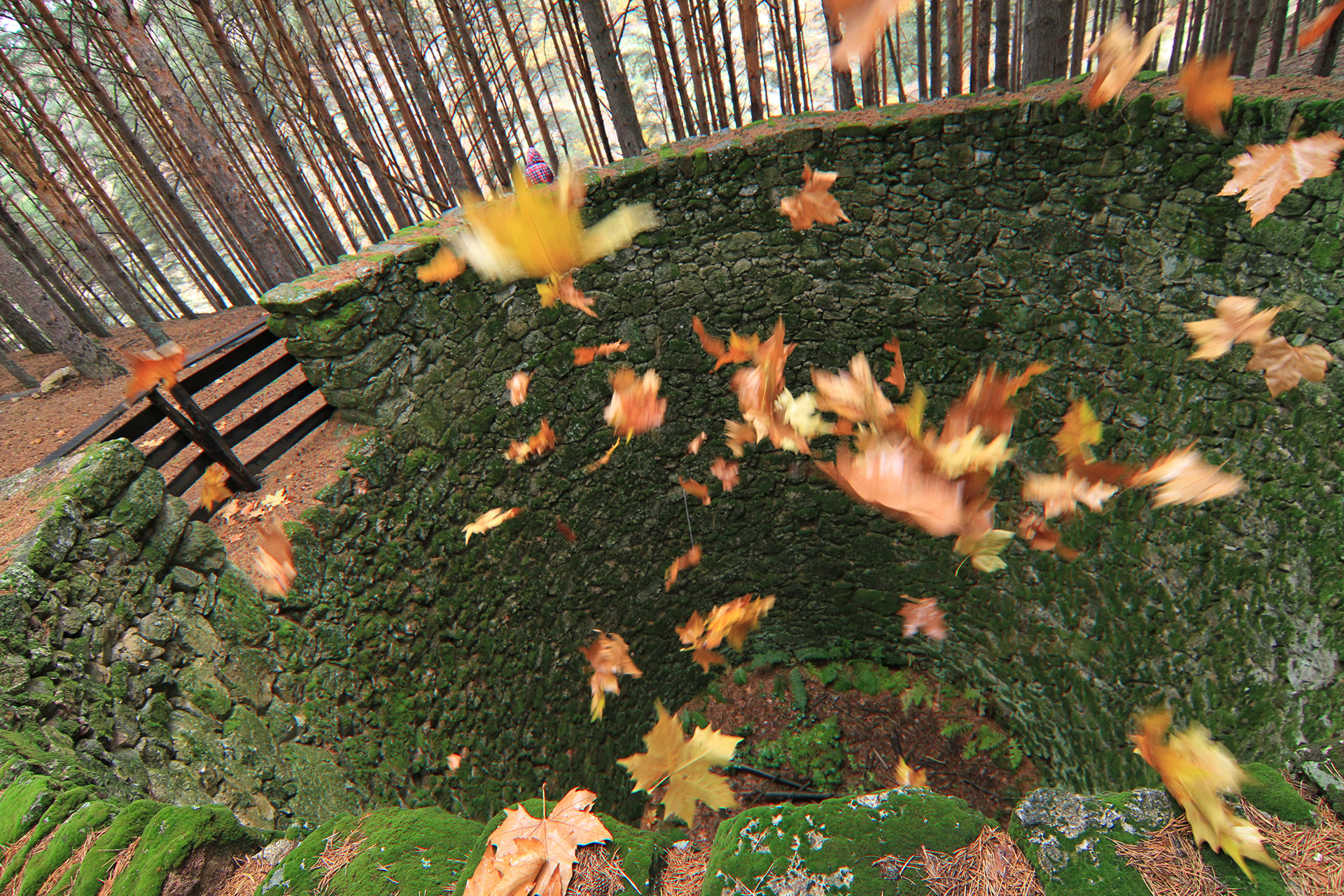
La Garganta has a beautiful and important snow well that was used centuries ago to gather snow in winter that was sold in summer in the form of ice.
The town has an important tradition of livestock farming which is linked to transhumance. This tradition is also culturally linked to the wolf, the Corral de los Lobos, an ingenious trap for hunting wolves, being the most important example.
The town has an important tradition of livestock farming which is linked to transhumance. This tradition is also culturally linked to the wolf, the Corral de los Lobos, an ingenious trap for hunting wolves, being the most important example.
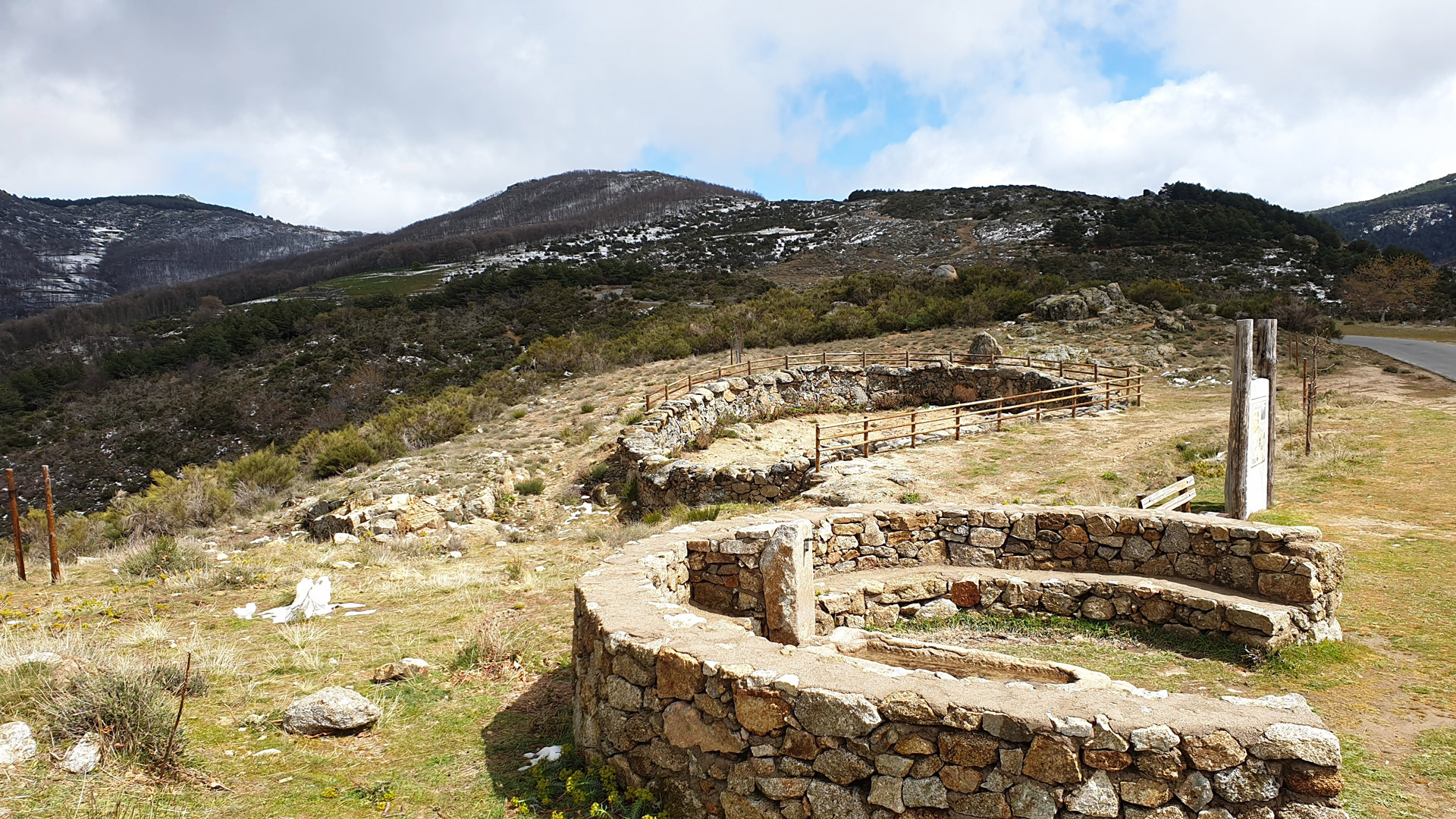

The Iberian Wolf Interpretation Centre is unique in Extremadura and a must visit.
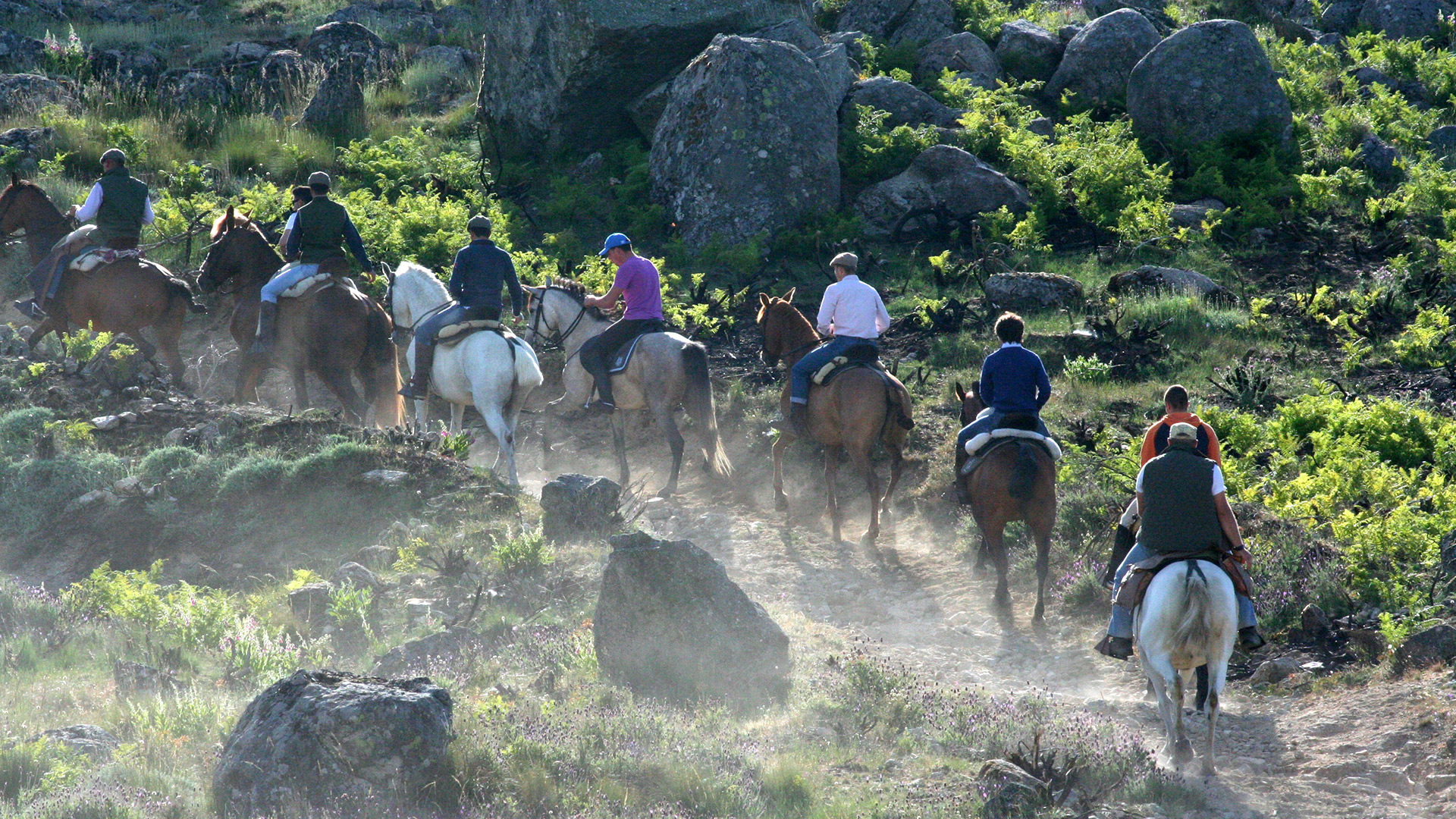
The villagers, also called Paporros, are well-known by their local feasts, such as the Romería de los Paporros, where the majors of Béjar and La Garganta interchange their command batons, or the bullfights during the patronal feasts in early November.
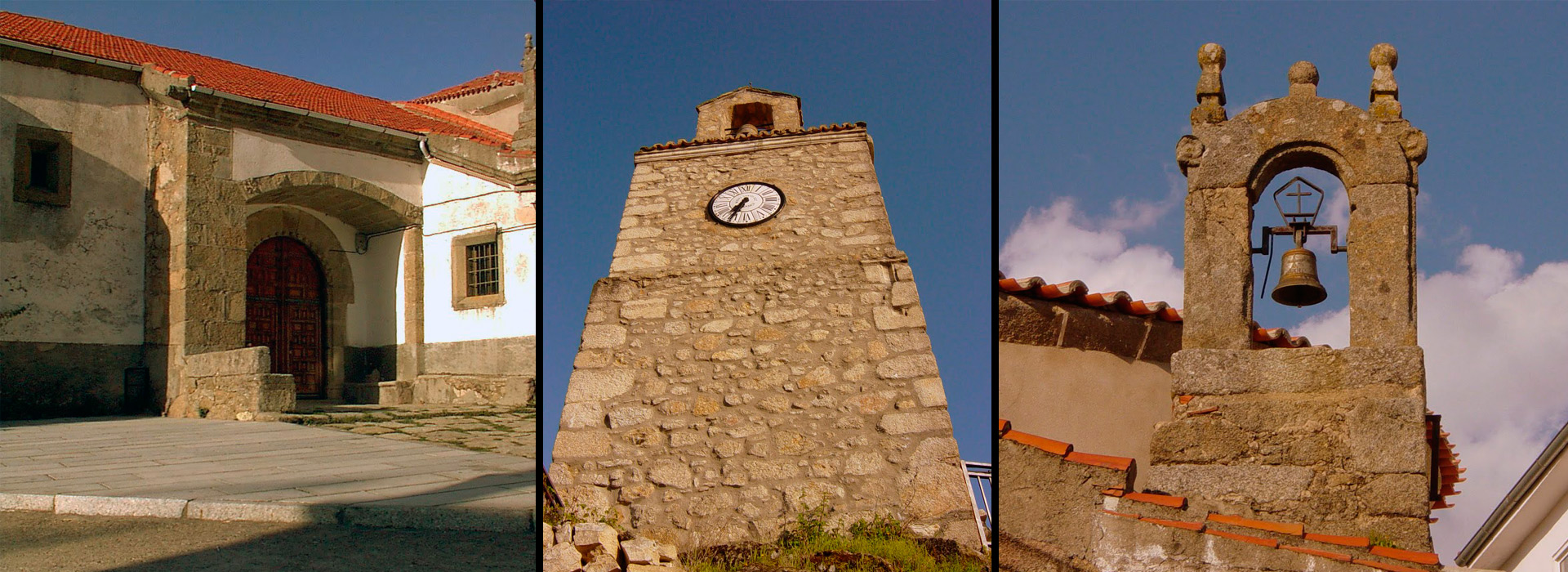
The traditional architecture of the Plaza quarter and its neighbouring streets has remained unchanged over time. The Asunción Church (16th – 18th centuries) houses an image of the Virgen del Castañar, the patron saint of the village. A popular pilgrimage is celebrated in the surroundings of San Gregorio chapel.
The traditional architecture of the Plaza quarter and its neighbouring streets has remained unchanged over time. The Asunción Church (16th – 18th centuries) houses an image of the Virgen del Castañar, the patron saint of the village. A popular pilgrimage is celebrated in the surroundings of San Gregorio chapel.

If you want to go for a walk, follow the Camino del Lomo that runs along the mountain slope to finally reach the Cordel del Berrocal. Another option is to follow the path Cordel that runs next to the Corral de los Lobos towards the South, and afterwards, to connect with the path Bosques del Ambroz to return to La Garganta.
If you want to go for a walk, follow the Camino del Lomo that runs along the mountain slope to finally reach the Cordel del Berrocal. Another option is to follow the path Cordel that runs next to the Corral de los Lobos towards the South, and afterwards, to connect with the path Bosques del Ambroz to return to La Garganta.
